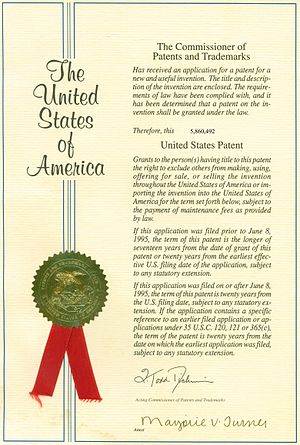If you have the facts on your side, pound the facts.
If you have the law on your side, pound the law.
If you have neither on your side, pound the table.
While pondering the recent furor over an Apple patent — Unlocking a device by performing gestures on an unlock image — my favorite Invisible Thought Leader delightfully pointed out that old legal aphorism. Is this the technology equivalent of “pounding the table?”
How do you decide what should be patent-able?
What is the standard for obvious? It’s often been said that all super-villains should have a 5-year-old to point out the obvious flaws in their plans. Child labor laws notwithstanding, how about we hire out some 5-year olds to work for the patent office? Then we have a simple litmus test: hand the patent to the 5-year-olds. If they can understand the concept, then it’s obvious and shouldn’t be a patent.
Should we allow a patent on “Optimized silicon wafer strength for advanced semiconductor devices?” What does the 5-year-old think?
Patent Office: We have a request to patent a method to manufacture damage-resistant silicon wafers by adding a nitrogen-laced dopant
5-year-old: A what?
Patent Office: Approved
Should we allow a patent on a “Portable multifunction device, method, and graphical user interface for translating displayed content?”
Patent Office: We have a request here to patent a touchscreen display
5-year-old: Oh cool. I saw that on Star Trek.
Patent Office: Denied
Simple, right?
Related articles
- Dark Matter and Invisible Thought Leaders (blog.intelligistgroup.com)
- Will Apple’s ‘Slide to Unlock’ patent stomp on Android or Windows 8? (infoworld.com)
- Slide to Unlock? Patented! (9to5mac.com)

